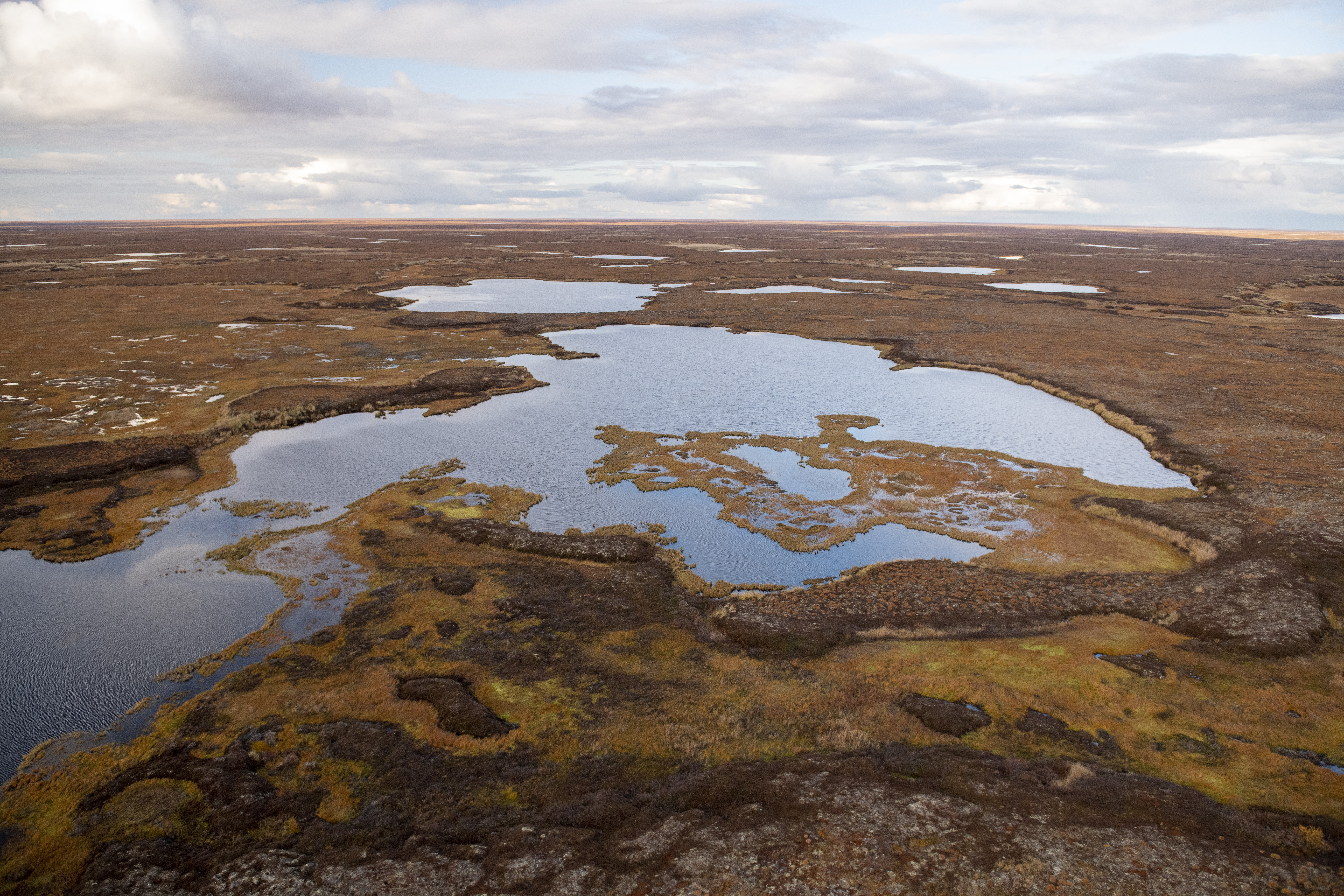Woodwell Climate conducts research with the Department of Defense

Tapao Air Base, Thailand, US Pacific Fleet
A growing trend of forest mortality and fires in the Arctic has raised concerns from an unconventional ally of climate scientists—the United States military. As part of a new cooperative project, Woodwell Climate associate scientist Dr. Brendan Rogers will work with the Department of Defense to study climate risks to Alaskan military bases.
Rogers has worked with a range of partners, from Union of Concerned Scientists to Harvard Kennedy School’s Belfer Center for Science and International Affairs, in studying changing fire regimes in Arctic and boreal forests. He says this is a unique opportunity.
“It’s a community that we don’t typically have a lot of interaction with,” Rogers said, “but they definitely understand the science and environmental changes they’re seeing.”

Offutt AFB, Nebraska, flooded by extreme rain, 2019. Google Earth
The Department of Defense has taken a pragmatic approach to preparing for the effects of climate change. A newly released Pentagon report analyzed the vulnerability of critical military facilities and found more than 60 percent of the sites are at risk to climate-related events.
The four-year project will focus on events in the Arctic that are likely to be exacerbated by climate change, such as forest fires, tree mortality, and permafrost thaw. Rogers’ team will combine on-site fieldwork with satellite imagery to create models that project those risks into the future.
According to a newly released Department of Defense report, more the 66% of the U.S. military’s critical installations are threatened by climate change.
In Alaska, the health of forests on military bases are a priority for the DoD because unforeseen landscape changes can disrupt military training and operations. Landscape-level understanding and forecasts of these threats will enable Defense Department land managers to make better-informed decisions and, ultimately, improve forest health.
Military field exercises can take several months to schedule and plan. With forest fires posing a growing threat to operations, the Pentagon hopes management of at-risk areas will improve training timelines. For example, the military is particularly concerned about changes in vegetation flammability, affected by longer and hotter growing seasons, as this directly impacts the type of training and weapons testing that can occur. Current tools to predict flammability, however, are lacking.
“Another primary concern involves lands that are vulnerable to change in the near future,” Rogers said. “Specifically, we’re helping the DoD to develop operational forecasting models for tree mortality and vegetation changes.”
Woodwell field researchers in Alaska, U.S.
Rogers says that unlike fires, which kill trees in hours, these mortality events take place over many years. A cycle of droughts and pests, enhanced by a warmer climate, weakens forests for decades before trees die in large groups.
“Tree mortality is a big issue in northern forests because of climate change,” Rogers said. “With longer growing seasons and more pests, a lot of boreal forests experienced massive mortality events in the last 15 years.”
Rogers and his team have been working on new models to project net change in forest biomass. Looking 10 years out, Rogers and his team are examining changes, both positive and negative, in thousands of forest inventory sites. They plan to develop a spatial model that could be applied to the entirety of Alaska and Northern Canada. The team is also working on creating an interactive model to deliver to partners that helps users visualize the impact of private decisions on the landscape over the next century. This actionable transfer of technology will represent potential changes to forest flammability as a result of changes to the ratio of deciduous to coniferous trees.

Tyndall AFB, damaged by Hurricane Michael, 2018, courtesy Tyndall AFB
While the analysis will provide a critical scientific underpinning for decisions within the Department of Defense, the project may be useful beyond its goals for the military. Rogers says the models crafted for the Pentagon could help scientists project forest threats outside of Alaska, as well.
“This could apply anywhere,” Rogers said. “We’re looking to expand this to eventually become a global effort.”







